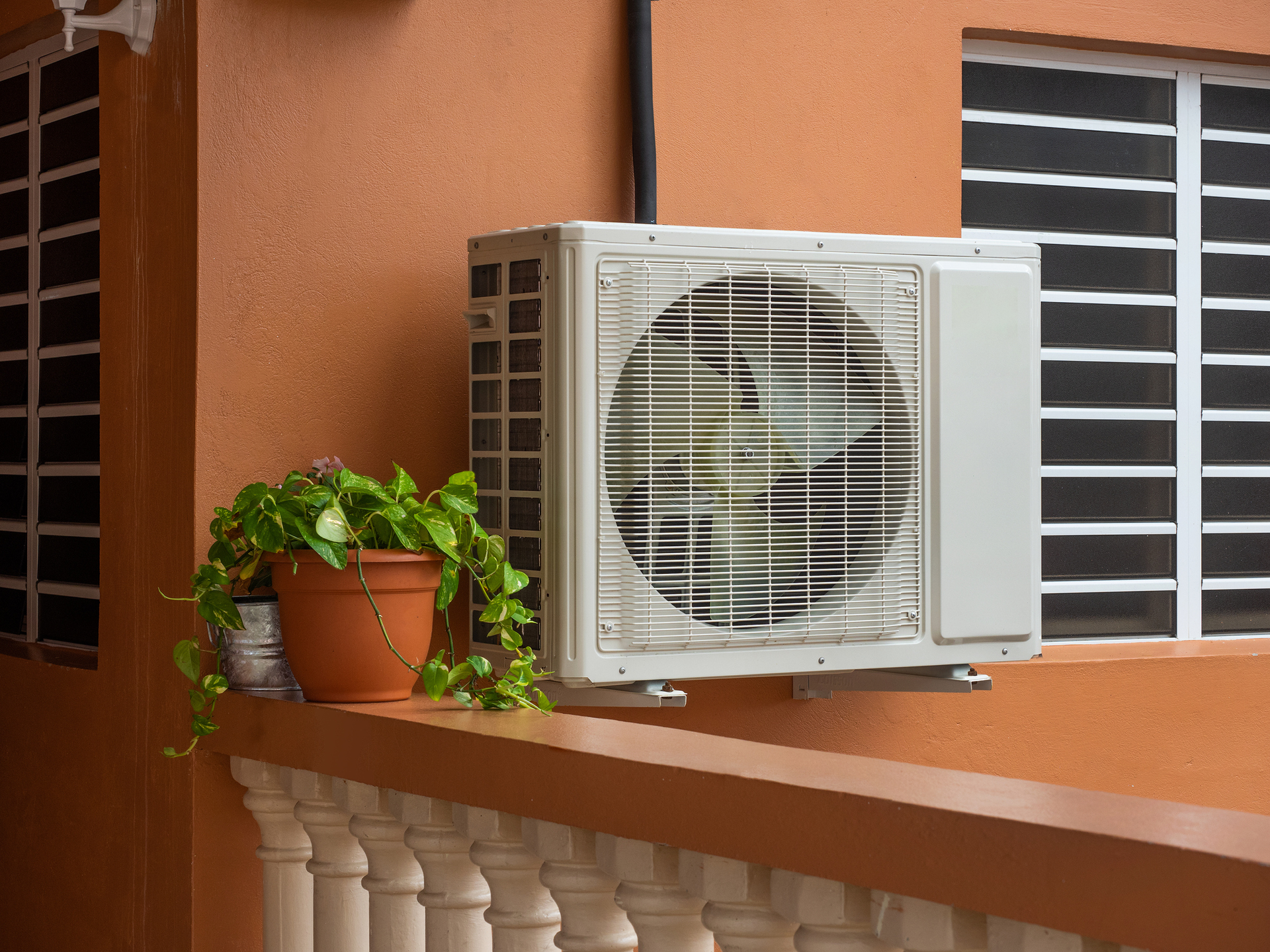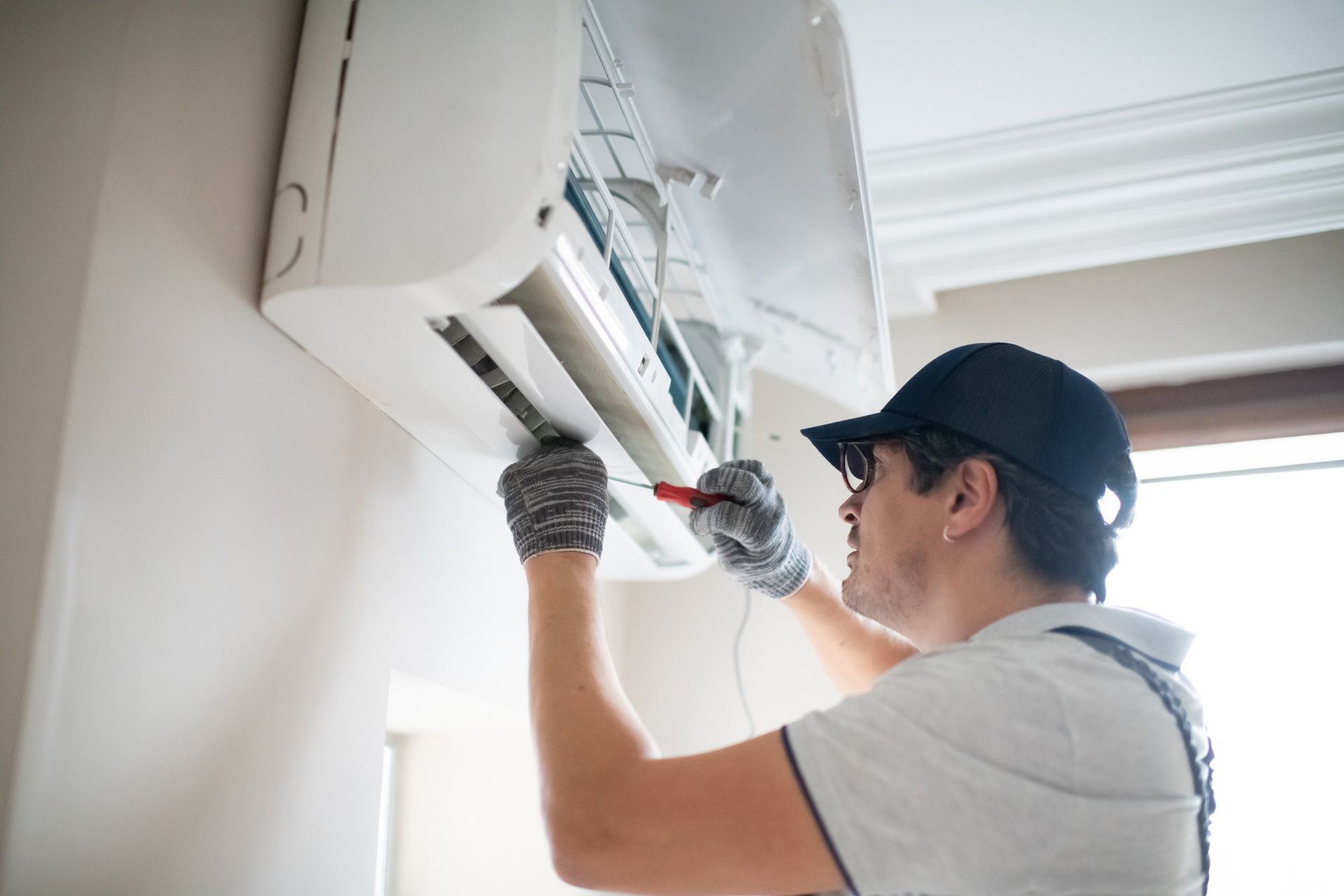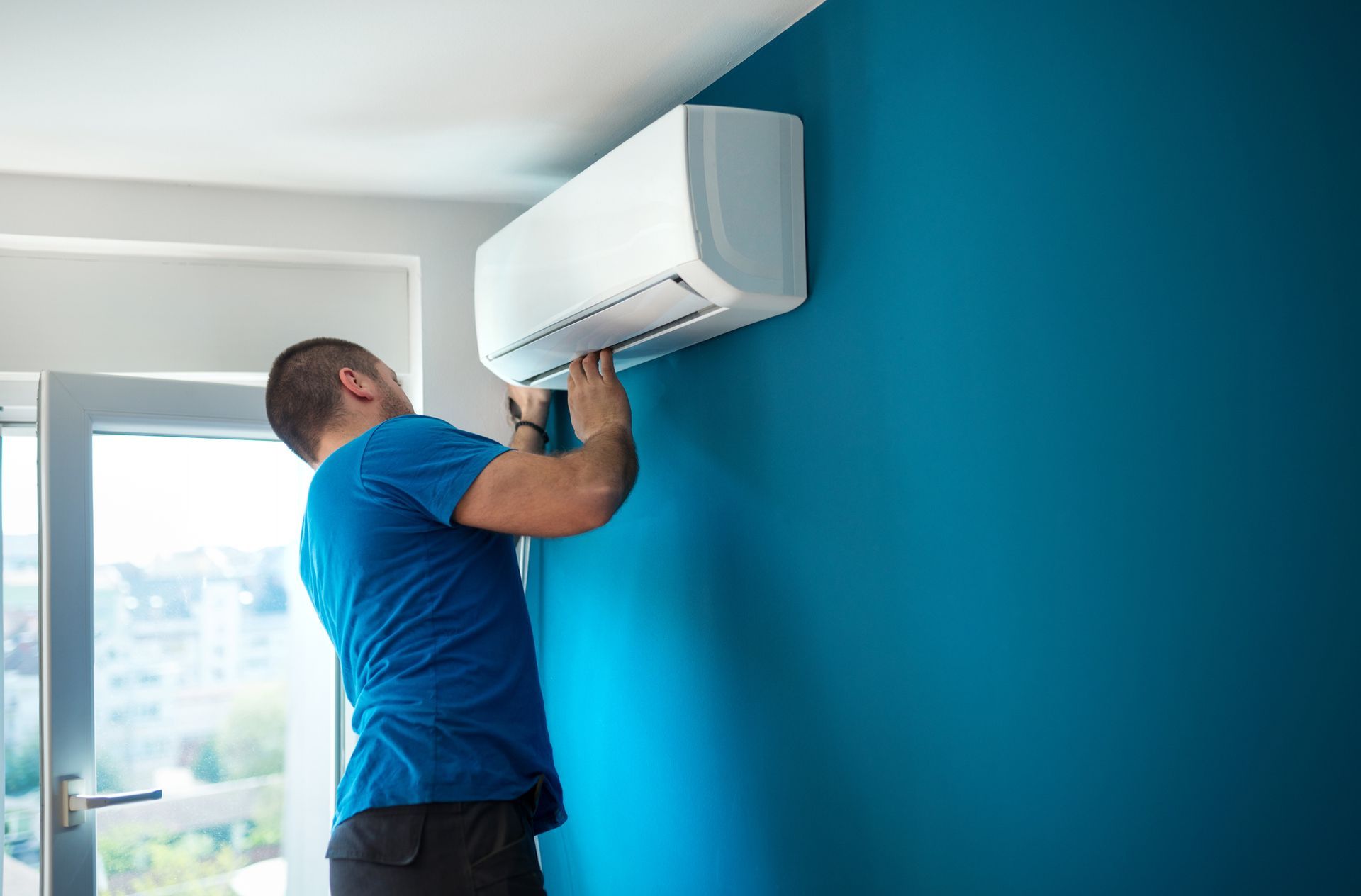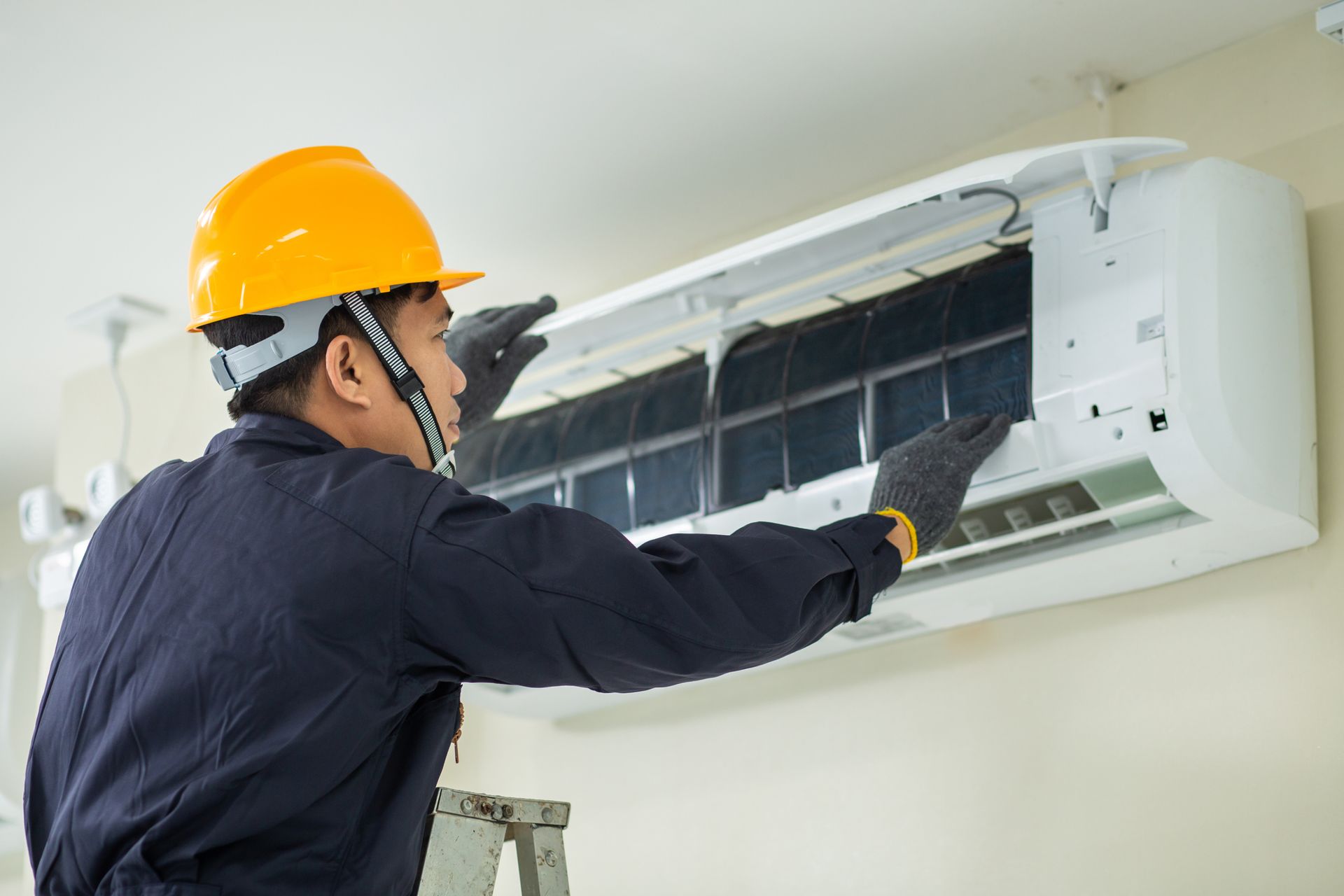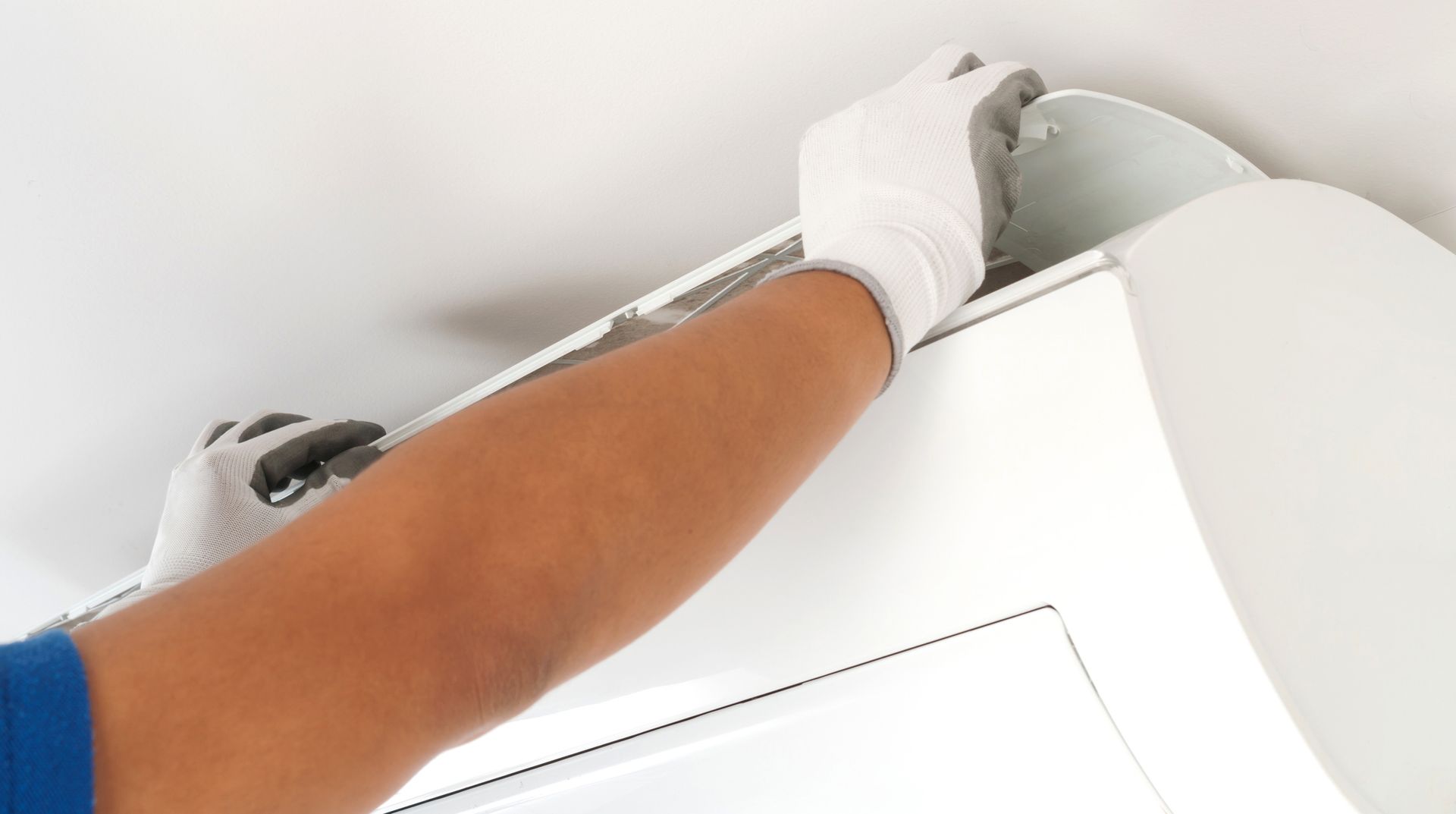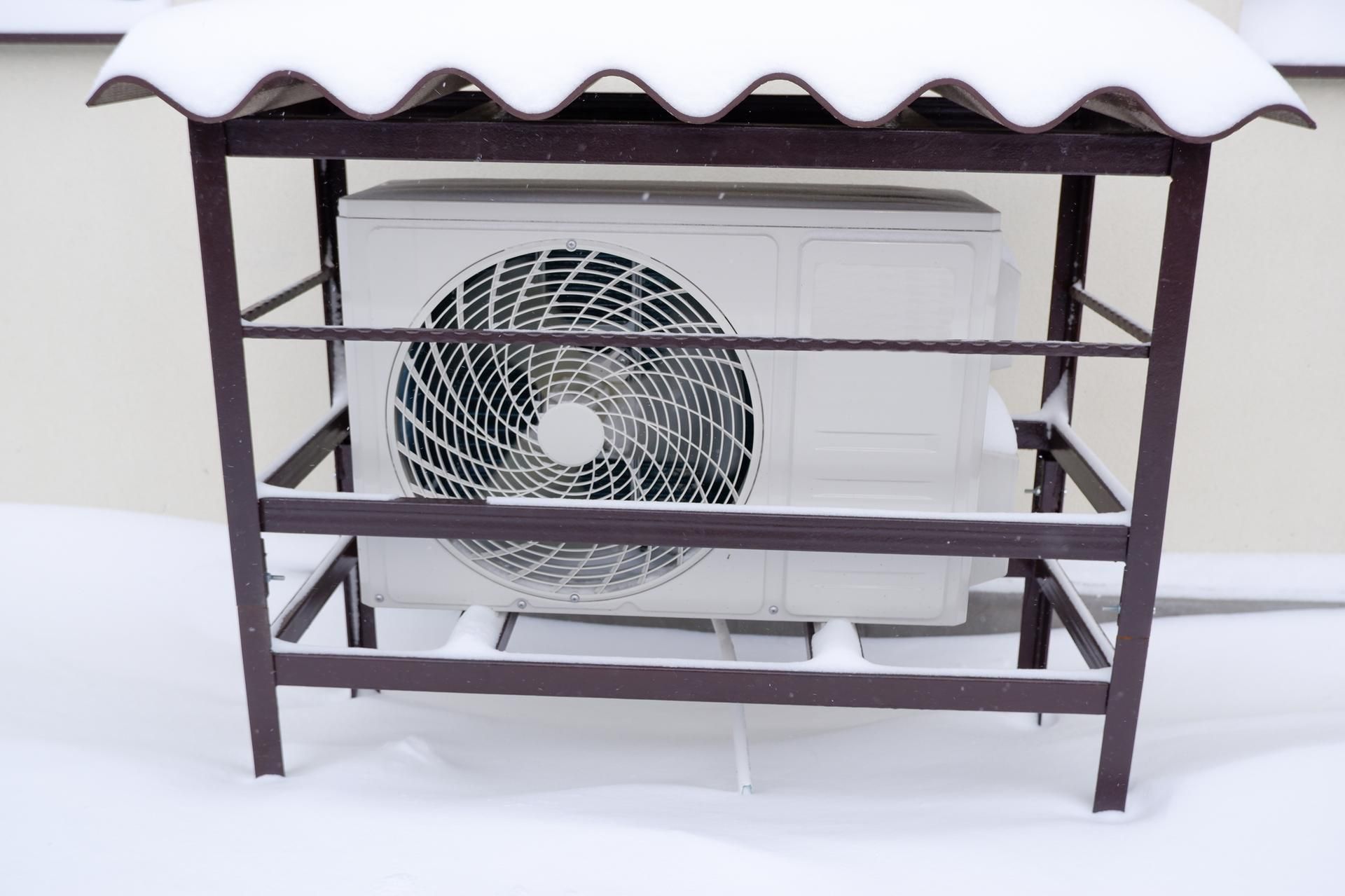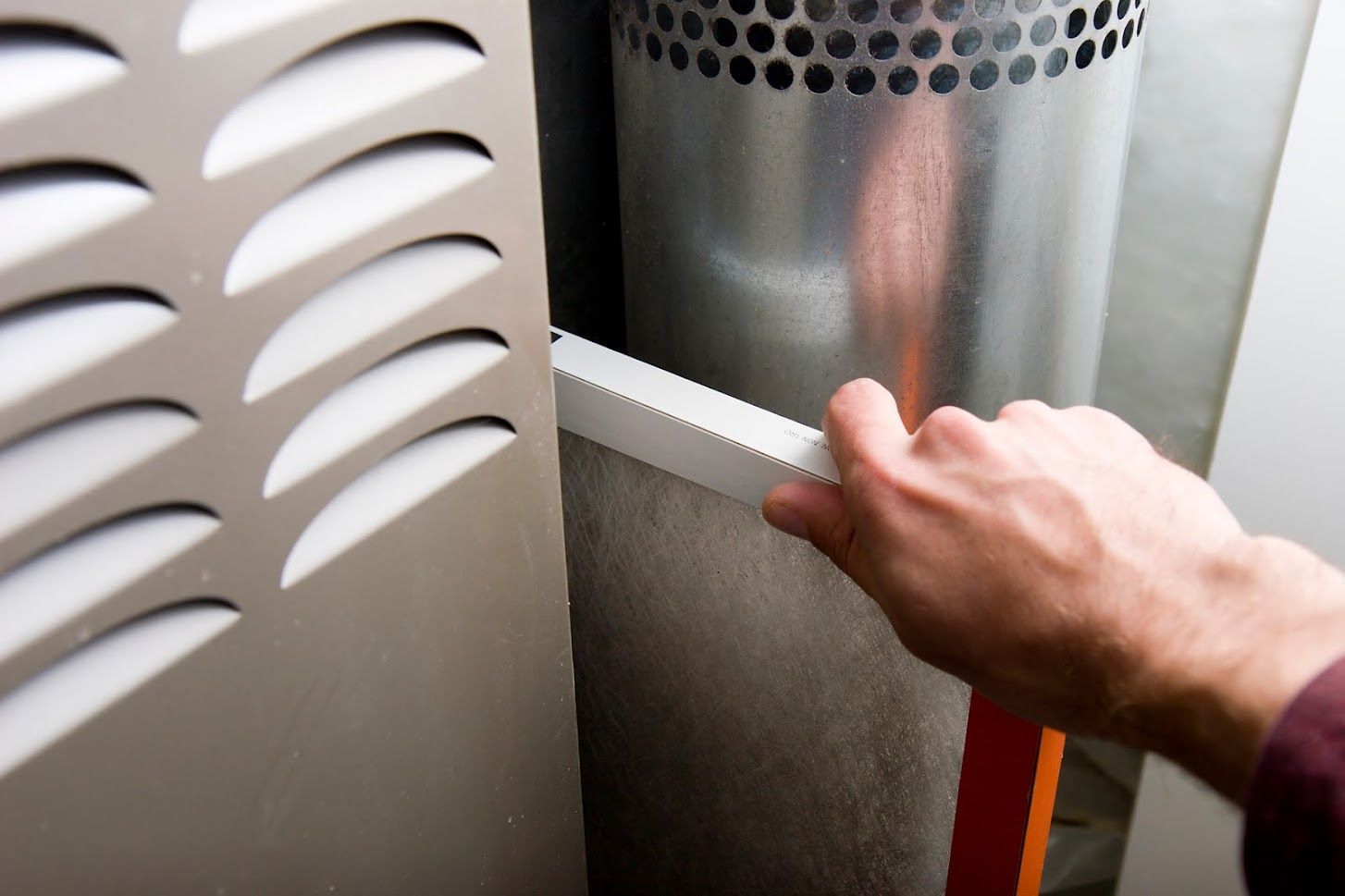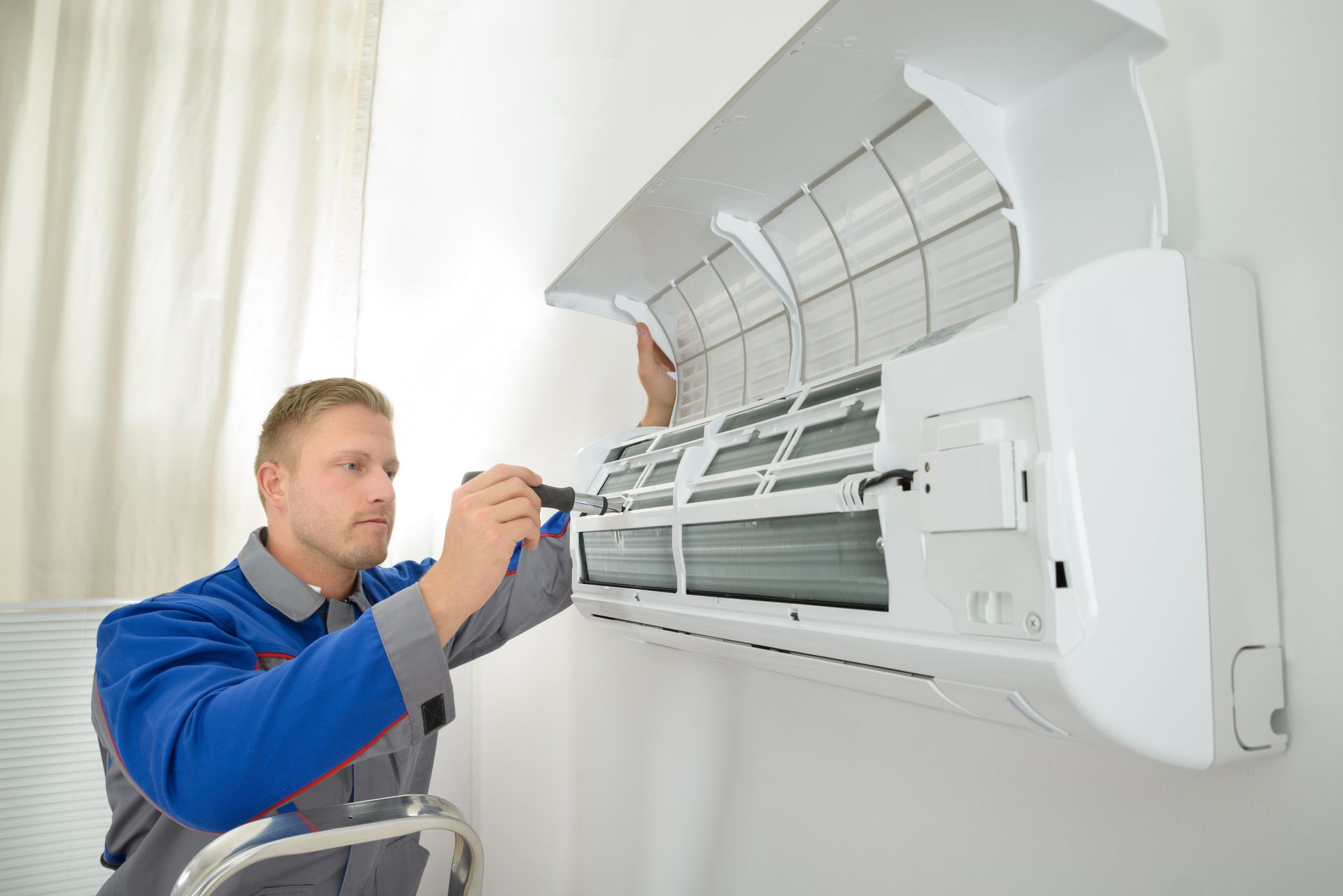Summer and Spring Allergies: Potential Triggers and HVAC's Role in Preventing Them
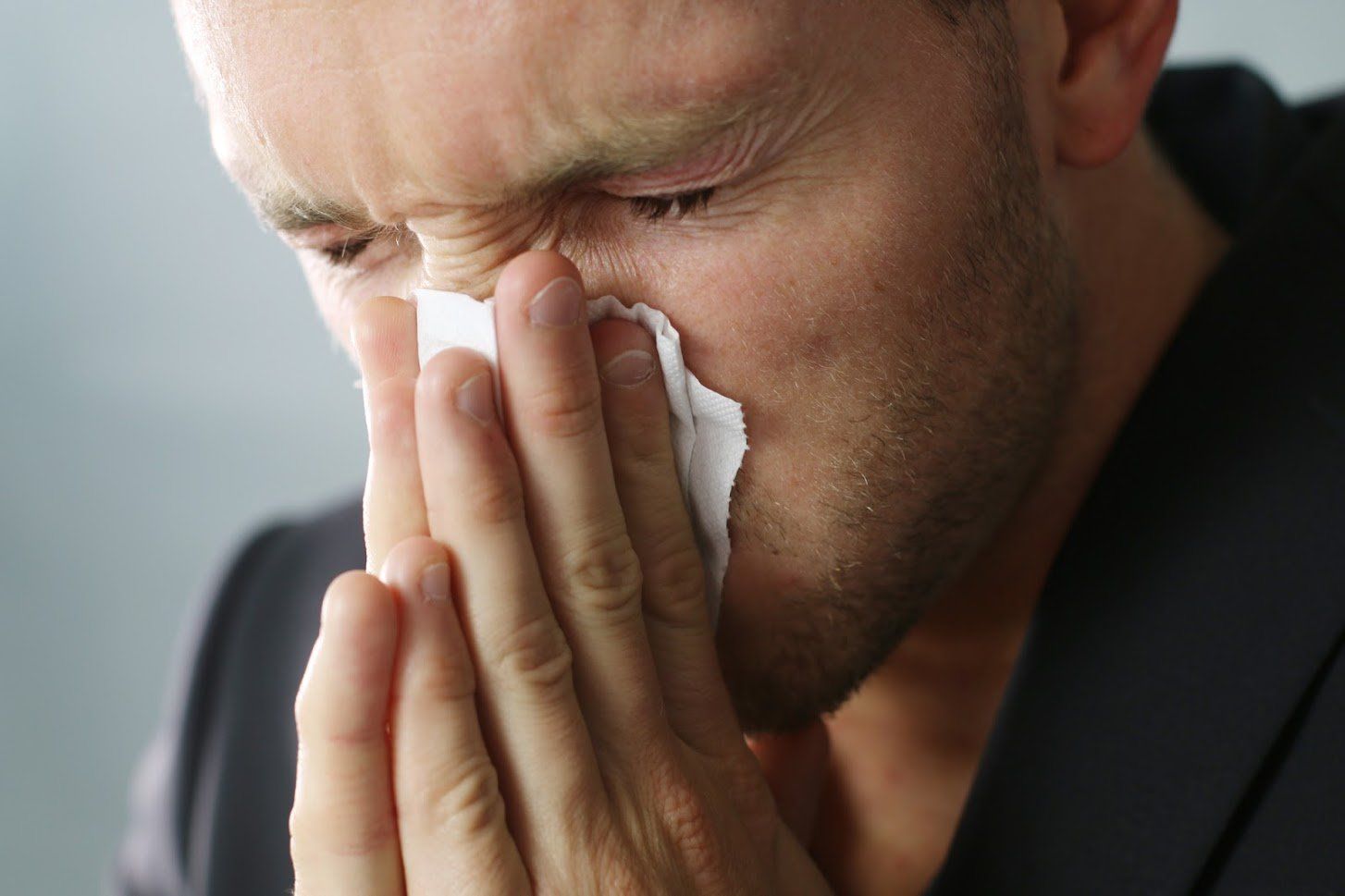
Spring and summer — most people associate these two words with perfect outdoor conditions, warmer weather, new life, and other glorious aspects. Unfortunately, these seasons aren't all kittens and rainbows. They, too, have their ugly sides, the most prevalent often being allergy flare-ups.
If you wonder why most allergy attacks happen in spring and summer and seek ways to prevent them, find your answers here. This piece will explain everything and recommend one of the best solutions: using a functional HVAC (heating, ventilation, and air conditioning) system.
What Triggers Allergies in Summer and Spring?
The biggest instigators of summer and spring allergies include the following.
Pollen
Most plants come alive in the spring and try to reproduce by releasing lots of pollen. The same is encouraged by the warm summer temperatures. And a combination of warm weather and reasonably strong winds allows pollen levels to rise and spread across vast areas.
Eventually, pollen from weeds, trees, or grass finds its way into your home and may cause hay fever and asthma attacks. Hay fever symptoms from pollen include sneezing, irritable eyes, and a runny nose. On the hand, chest tightness, difficulty breathing, and wheezing are often signs of asthma from pollen allergies.
Mold
Warm air and high moisture levels make it easy for mold to grow in your home. Spring is arguably the most significant mold season because it comes with continual rain and increasing temperatures. These factors can activate dormant mold spores.
After activation, colonies grow and thrive off the warm, moist air that manifests when spring runoff evaporates in the summer heat. Aggressive mold growth can lead to mold allergy characterized by the following common symptoms: sneezing, coughing, postnasal drip, runny nose, watery eyes, and scaly skin. Exposure to spores can also trigger an asthma attack.
How Does HVAC Help You Prevent Allergies?
A functional HVAC system can help you prevent allergies in the following ways.
Reducing Indoor Pollen and Allergens
Quality heating, ventilation, and air conditioning systems help you reduce allergy-triggering pollen, dust, mold, and pet dander. That leads to improved indoor air quality and alleviates asthma and allergy symptoms.
The HVAC unit in your home uses air filters to execute the said task. The filters trap most airborne allergens, keeping you and your loved ones safe from attacks and flare-ups. That is why ensuring your system has top-notch clean filters is paramount.
Moreover, always choose units with high-efficiency filters likely to prevent pollen and other allergy-causing particulates from entering your home.
Removing Heat and Humidity in Living Spaces
An HVAC unit removes heat from indoor spaces by drawing in hot air using vents and allowing it to pass through refrigerant-filled evaporator coils. The coils absorb excess heat, then specially designed fans or blowers direct the cool air to various living spaces in your home through the duct system.
The process also simultaneously removes moisture from the air. That happens with the evaporator coils, which condense the vapor in the air, making it less humid. Indoor air with less heat and humidity discourages mold growth, which reduces allergy flare-ups and attacks.
Need HVAC Repair and Replacement Services?
Your home's HVAC unit keeps you cool in warm spring or summer weather and helps you avoid debilitating allergies like asthma attacks and hay fever symptoms. Unfortunately, several issues undermine the equipment's ability to do that effectively.
These include dirty filters, damaged fans, and clogged evaporator coils. But don't fret. HVAC experts can help you fix these.
If your home lacks an HVAC unit or relies on a faulty or outdated device, the A-1 Finchum Heating & Cooling team is ready to help you out. Here, you'll find numerous essential services, including HVAC installation, repair, replacement, and 24/7 emergency services. Plus, our in-home estimates are free. Contact us today for more information.



